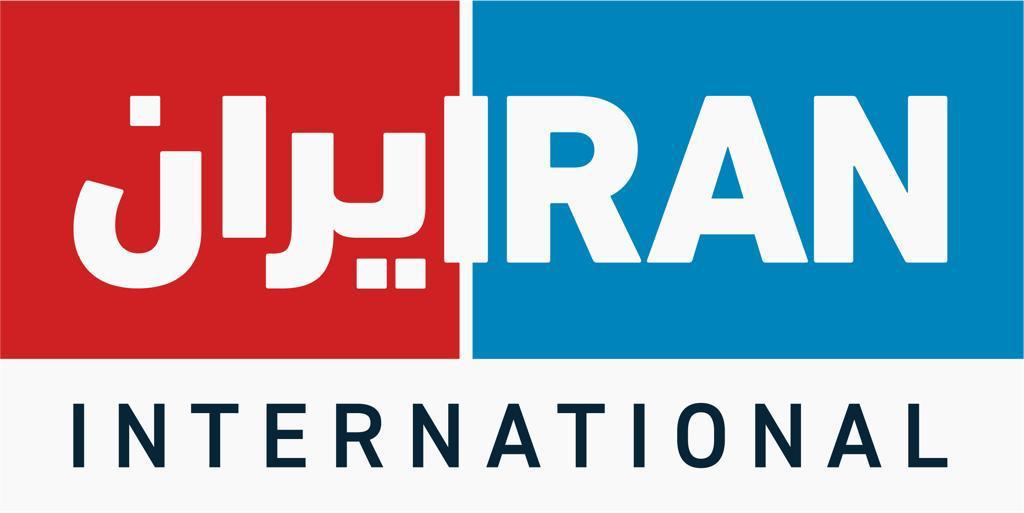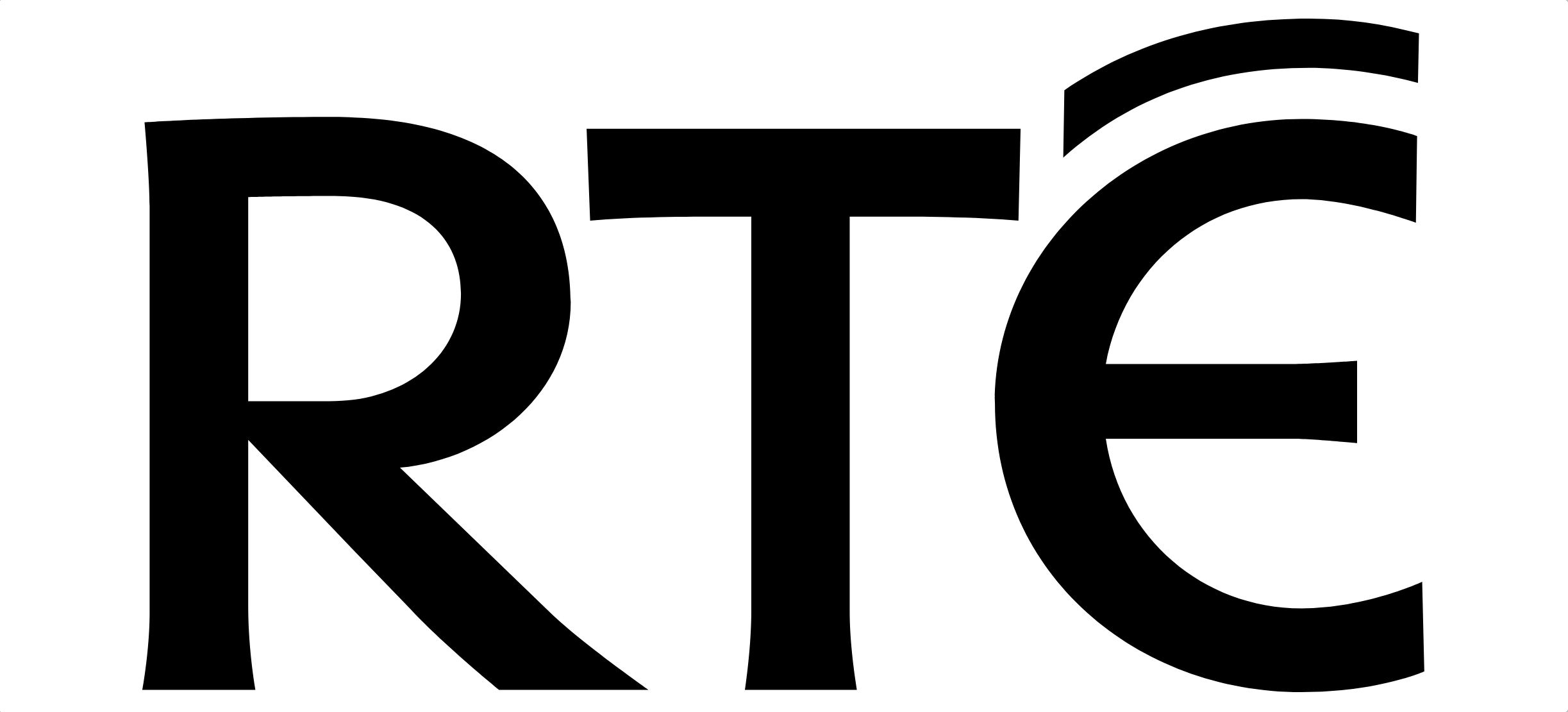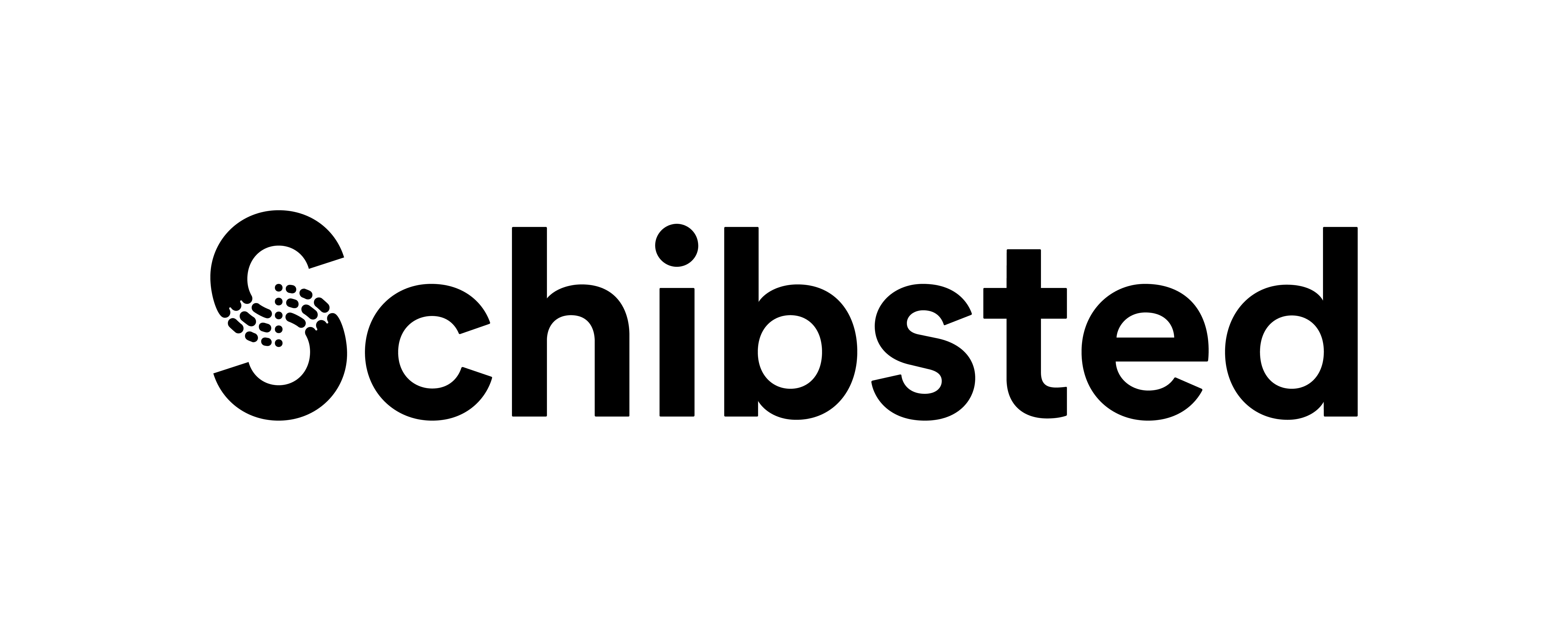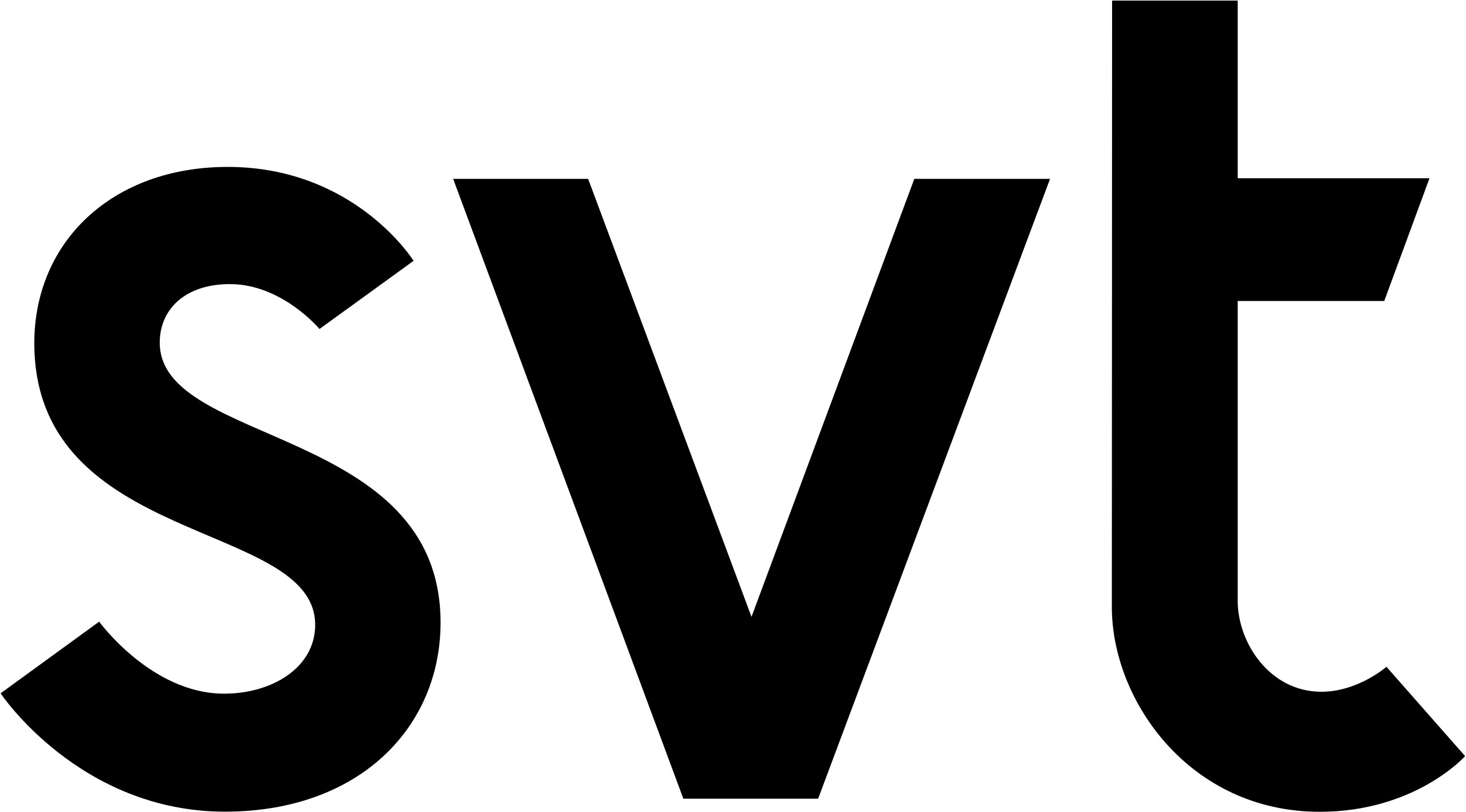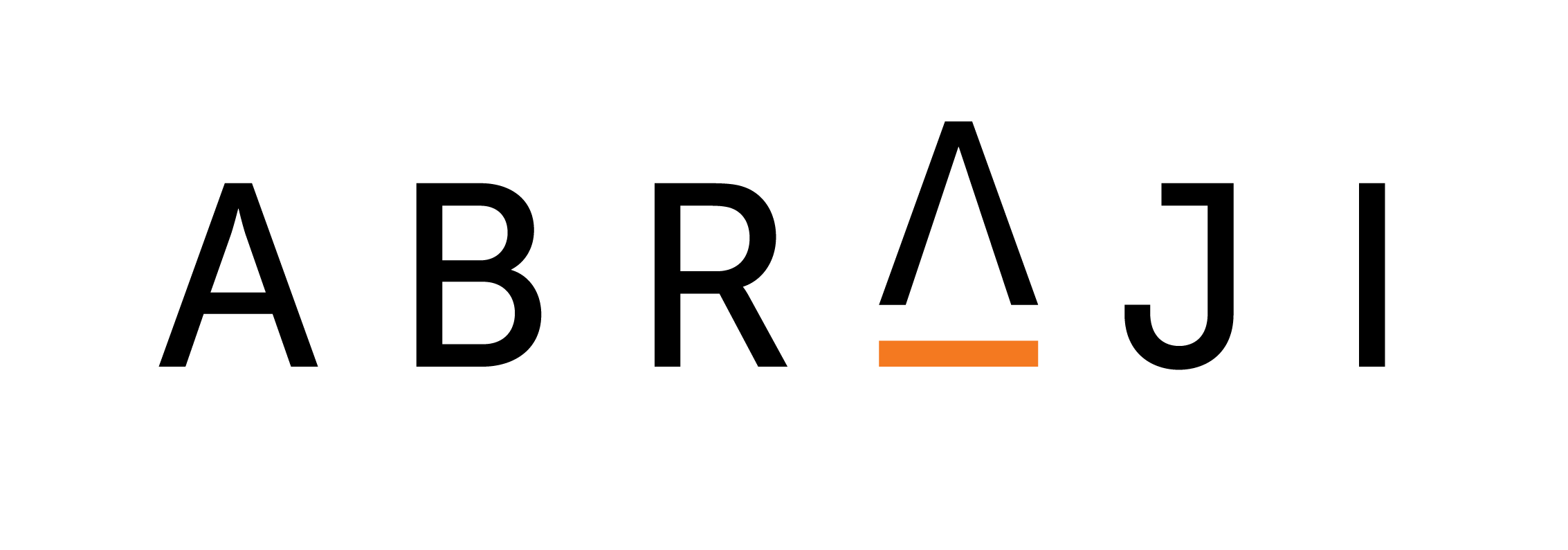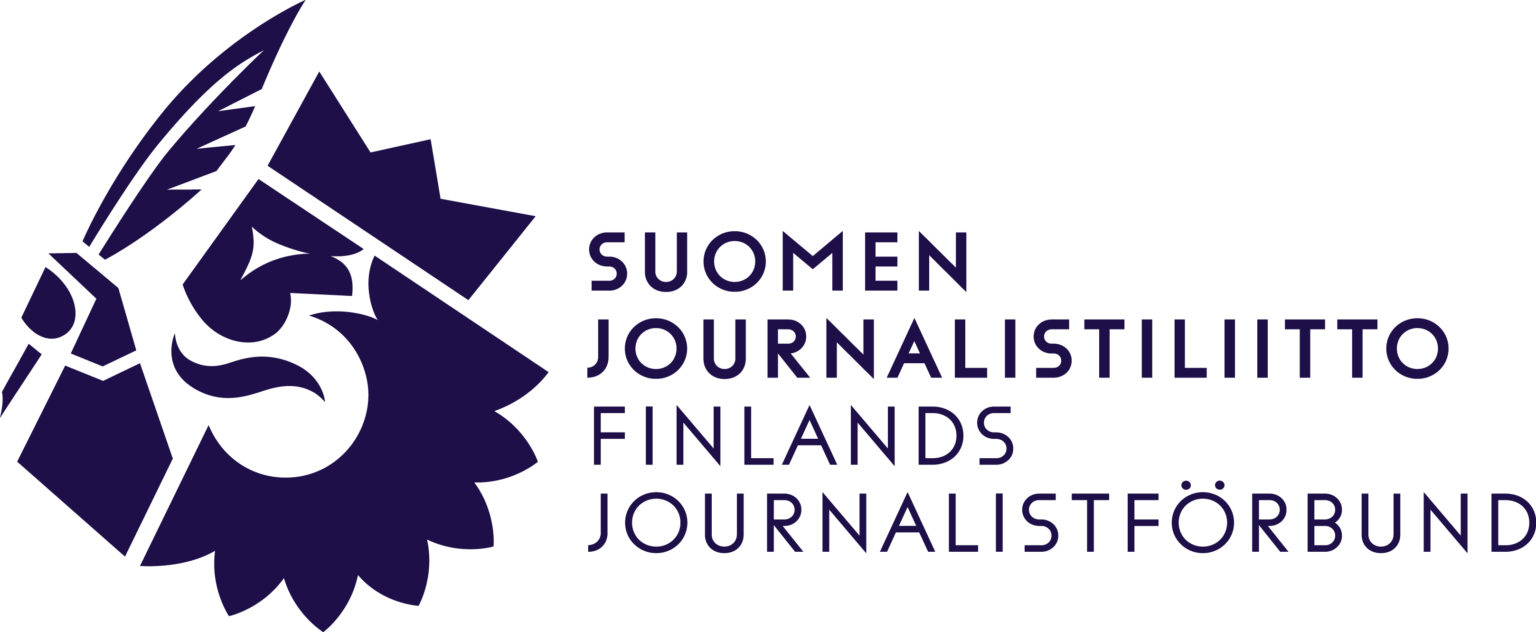The media industry is grappling with an unrelenting wave of online harassment targeting journalists—from state actors and organised crime networks to bots and members of the public emboldened by anonymity. Hate speech, disinformation, and threats of physical violence are a daily reality for many colleagues. Some are forced out of the profession; others endure long-term psychological harm—all at a time when independent, in-depth reporting is needed more than ever.
Digital violence is notoriously hard to contain. But what is clear is that journalists expect their employers to take charge before, during and after attacks—offering support but also concrete action.
INSI member organisations have been meeting since 2020 to share approaches and hard-earned lessons. The Google News Initiative and Facebook supported and participated in the early stages and we acknowledge their contributions.
This guide—written for INSI by Mike Christie, a key contributor to those efforts—is grounded in those conversations and all those that followed. As global head of safety at Reuters, he helped set the benchmark for how news organisations can protect their staff in the face of physical, digital, and emotional threats. His work has been instrumental in shaping industry-wide best practice.
The guide is designed to help newsroom leaders—across editorial, security and HR —create a practical framework to mitigate the impact of online abuse and be ready if digital threats escalate into real-world danger.
Every newsroom has a distinct risk profile, culture and resources. But they should not fight digital violence alone. Sector-wide collaboration—engaging with platforms on enforcement and accountability, and with governments on meaningful regulation—will generate greater impact than isolated efforts. INSI encourages all our members to actively participate in these shared initiatives, and to embed the spirit of collective resilience into their newsroom response.
We recognise that many newsrooms are already deeply familiar with the scale and nature of online abuse—and that time is in short supply. That’s why this guide starts with the most urgent and actionable measures. It opens with a practical framework for responding to digital harassment, aimed specifically at managers responsible for staff safety and support, then turns to the broader context and background.
In the appendices, you’ll find checklists covering key mitigation strategies including self-doxxing and response planning.
We hope this guide is a useful and accessible resource for journalists, managers and safety professionals alike.

























